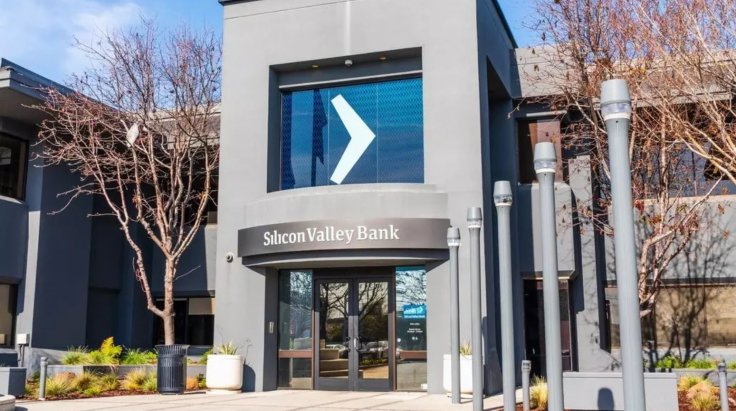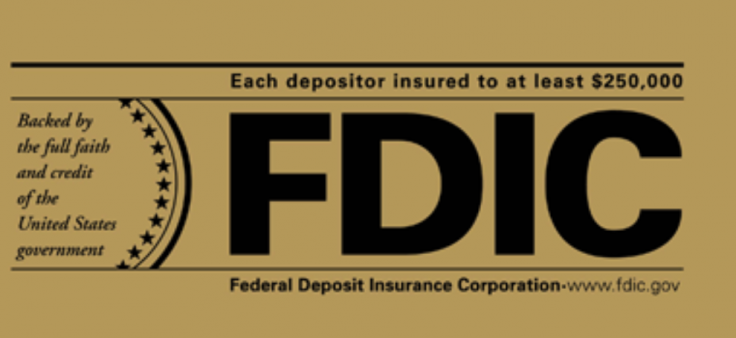Was social media responsible for the stunning collapse of Silicon Valley Bank's (SVB) this month? The argument that much as the bank's own governance handicaps were responsible for the crash, the spreading of panic on social platforms played an even bigger role in it is gaining strength.
Michael Barr, the Federal Reserve's vice chair for supervision, said in testimony on Tuesday that 'modern communication dynamics' played a role in the collapse of the California-based bank, which triggered an extraordinary set of events that led to the collapse of three more banks.
Panic Surge
Narrating the sequence of events that led to the collapse of the bank, Barr said the surge of panic that spread on social media, especially Twitter and WhatsApp, undercut all efforts to capitalize the stressed bank.

Depositors scrambled to withdraw more than $40 billion from SVB after the bank's admission that its efforts to raise capital had failed. The problems started when SVB revealed that it had sold securities at a loss and that it was selling $2.25 billion worth of shares to improve the balance sheet. This created a panic on the markets and companies that had deposited large sums in the bank queued up for withdrawals.
"In response, social media saw a surge in talk about a run, and uninsured depositors acted quickly to flee," Barr said at a Senate hearing, according to Yahoo News.
"On Thursday evening and Friday morning, the bank communicated that they expected even greater outflows that day ... The bank did not have enough cash or collateral to meet those extraordinary and rapid outflows, and on Friday, March 10, SVB failed. Panic prevailed among SVB's remaining depositors, who saw their savings at risk and their businesses in danger of missing payroll because of the bank's failure," Barr explained.

Adverse News Amplified Through Social Channels
Martin Gruenberg, the chairman of US Federal Deposit Insurance Corporation (FDIC), also expressed similar views. Gruenberg said at the Senate hearing that adverse news amplified trough social media channels can result in a money outflow at banks that can wreck them. "One clear takeaway from recent events is that heavy reliance on uninsured deposits creates liquidity risks that are extremely difficult to manage, particularly in today's environment where money can flow out of institutions with incredible speed in response to news amplified through social media channels," the FDIC chairman said.
Earlier, expressing similar sentiments, Federal Reserve Chairman Jerome Powell had said the speed of the bank run was astonishing, requiring new regulatory and supervisory changes. "The speed of the run...is very different from what we've seen in the past ... And it does kind of suggest that there's a need for possible regulatory and supervisory changes, just because supervision and regulation need to keep up with what's happening in the world," Powell had said.
Need to Monitor Social Media
According to Patricia McCoy, a law professor at Boston College, regulators now need to monitor social media as well for ensuring banks health. "They need to be looking for any signs of unsubstantiated rumors, panic starting to mount on social media, and they've got to do it around the clock," she said, according to Reuters.

Analysts conclude that the new age communication tools ensured that the speed with which uninsured depositors communicated online upended the regulators' efforts to backstop the financial institution in crisis. Also to blame was the emergence of different types of technologies that allowed customers to withdraw large sums instantaneously.
"The supervisory process has not evolved for rapid decision making. It is focused on consistency over speed ... In a fast-moving situation, the system is not as well-designed to force change quickly," said Eric Rosengren, former president of the Federal Reserve Bank of Boston, according to the Wall Street Journal.








